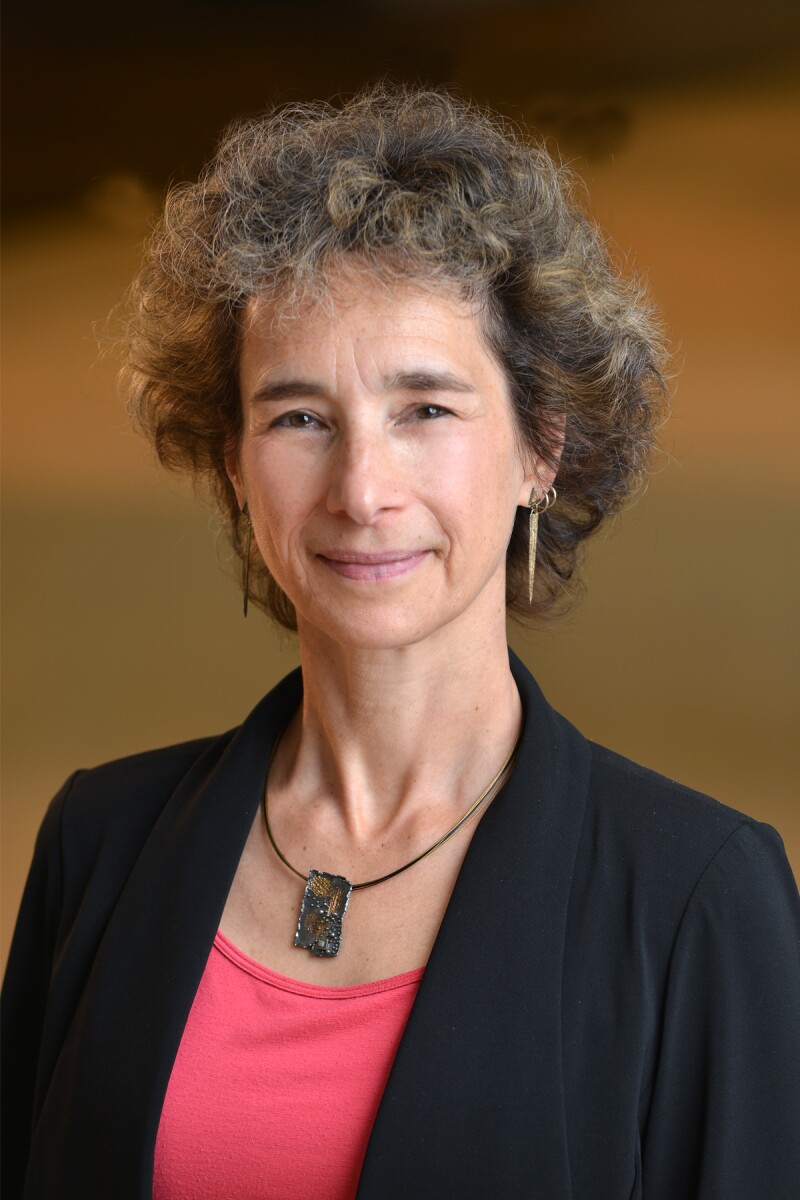
Intelsat has been providing satellite communications for six decades. In a wide-ranging conversation covering her life there, the universe and other things, Pascale Fromont, the firm's vice president and general manager for media, talks to Capacity about how she sees Intelsat today and outlines the next big phase of its voyage.
When it comes to Pascale Fromont’s career at Intelsat, you could say it began in the stars. Studying for her PhD in plasma physics in the early 1990s, she investigated the magic of nuclear fusion, the process that fuels the Sun and other stars.
The quest to harness fusion for near-limitless clean energy on Earth continues today, but Fromont herself has moved on to other space-related pursuits. “That was over 30 years ago and they’re still doing research now to figure out how to make that work,” she says. “I loved it, but decided I wanted to go into something that would have a little more in terms of current day-to-day applications.”
After working as a consultant in the IT industry in the 1990s and early 2000s, her road ultimately led to Intelsat, a company whose values closely matched her own. “Intelsat has always had a diverse and open culture,” says Fromont. “It’s something I felt from the start. I was also drawn by its mission, which is to connect, educate, entertain and inspire people.”
Opening up
Fromont has now been at Intelsat in various management roles since 2004, taking up her current position as vice president and general manager of the media division last year.
She says Intelsat’s open culture has helped her along her path, while the company has recently launched employee resource groups to encourage diversity, including the Women’s Initiative Network. But work on diversity in telecoms must go on, she says.
“It can still take a little effort to speak up when you’re the only woman in the room,” says Fromont. “That’s something I’ve been encouraged to do by my mentors over the years and something I’m encouraging my own mentees to do now; the message is that your voice is unique and we want to hear what you have to say.”
Fromont is certainly enthused by her role at Intelsat, which covers a wide variety of responsibilities – including strategic planning, decision-making on investments and budgets, creating global and regional go-to-market plans, developing people and financial planning.
“There’s no typical day,” she told Capacity at the time of interview in mid-April. “At the moment, I’m preparing for a trade show in Las Vegas and, at the same time, we have a big strategy refresh that we’re working on. For that, I have a workshop tomorrow with our innovation and product development teams, where we’ll be brainstorming on how we’re going to develop the network of the future.”
Connected galaxy
Things segue naturally from there into a discussion on Intelsat’s long-term vision for the refresh that Fromont mentions. Rather aptly, that will involve another fusion of sorts to meet the demands of the 5G era – though it will, thankfully, be less explosive than her PhD topic.
“As a company, Intelsat is developing a next-generation infrastructure that’s going to be a massive network combining multi-orbit satellites – satellites in a traditional geostationary orbit, but also medium- and low-orbit ones, as well as fibre and internet delivery on the terrestrial side. The plan is to combine all this technology into a holistic network managed by a software-defined smart engine.”
This more integrated, unified approach will enable customers to gain more managed services from Intelsat that mean they don’t have to worry about how content gets from A to B, as the network will intelligently choose the best technology for the job at hand. That will help customers focus on their core business of providing content.
The unified next-generation network will also enhance efficiencies to help meet the realities of the future, fulfilling demands from billions of content viewers and the connectivity needs of people, businesses, sensors, machines and vehicles all over the world, including all the remote and underserved regions that Intelsat has built a long legacy of serving in the past.
“Think about bringing education, internet and cellular connectivity to unconnected areas, or bringing businesses like mines or oil rigs in the middle of nowhere online,” says Fromont. “You can also have sensors on tractors and remote-control those vehicles; you can do so many things. We’re the communications bloodline for a number of areas in the world where nothing else reaches.”




